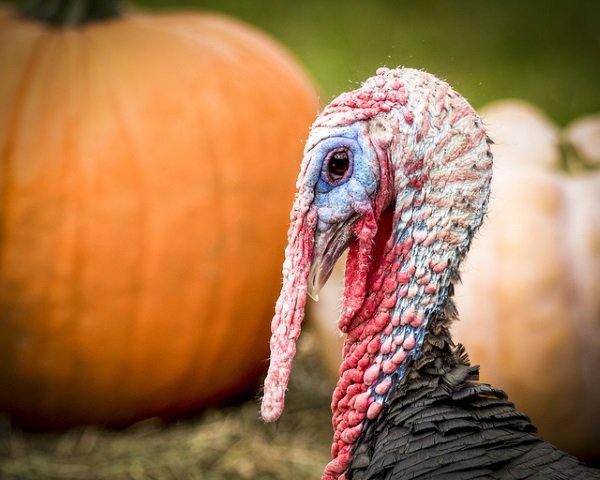Happy Thanksgiving to you… and to the American Livestock Breeds Conservancy, who’ve listed 7 Heritage Turkeys that once teetered on the edge of extinction.
Bronze Turkey
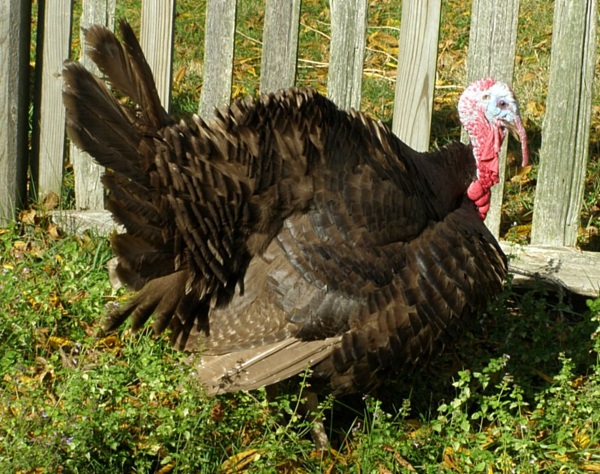
Bronze Turkeys are spectacularly beautiful birds whose feathers appear almost metallic; shades of coppery hue highlighted by blue and green accents. This particular heritage breed emerged in the 18th century when American colonists crossed domestic turkeys from Europe with native wild turkeys.
In the early 20th century, what were known as Standard Bronze Turkeys underwent intensive selective breeding to increase their size. The result was the Broad Breasted Bronze, one of the mainstays of the modern large-scale turkey farming industry. (Images via Flickr members Thomas James Caldwell and Virginia Hill)
Black Turkey
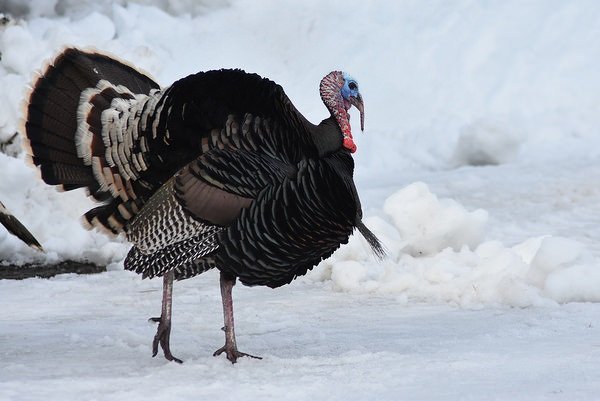
Black Turkeys (also known as “Black Spanish” turkeys) were formally recognized by the American Poultry Association in 1874. The breed can be traced back to native American birds brought back to Spain by 16th century explorers and conquistadors. European emigrants to the New World subsequently took their turkeys with them.
Black Turkeys are renowned for their calm and placid disposition along with robust fertility – today’s factory-farmed birds have lost the ability to mate and reproduce on their own. This heritage breed’s shiny black feathers display a beautiful green iridescence under sunny skies. More prosaically, Black Turkeys are famed for their sublime flavor when cooked, and their meat is so naturally juicy the birds are virtually self-basting. (Image via Flickr member Baker County Tourism)
Narragansett Turkey
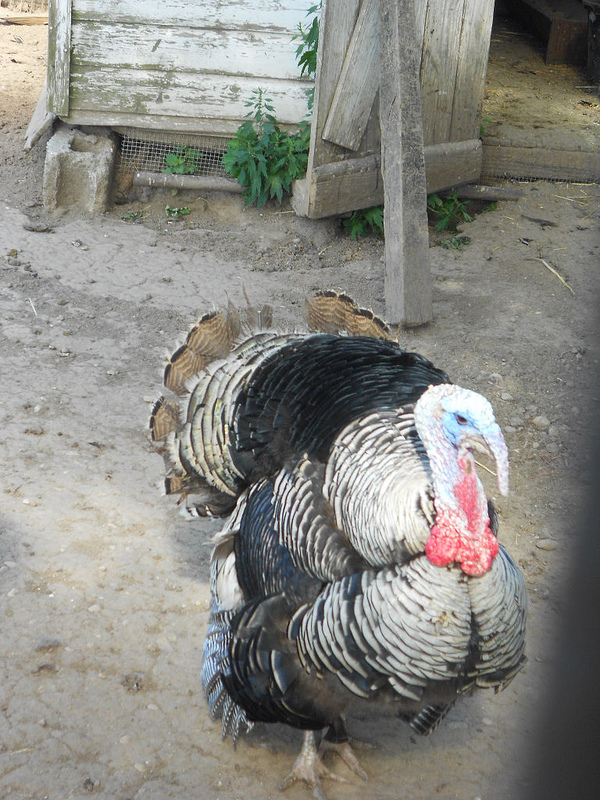
The Narragansett Turkey is a lesser-known hybrid between domestic and wild birds developed by colonial American farmers. Named for Narragansett Bay in Rhode Island, this breed of turkey was the backbone of the early turkey industry in Connecticut and Rhode Island before being displaced by the Bronze Turkey in the early 20th century. According to the American Livestock Breeds Conservancy, “The Narragansett was not used for commercial production for decades until the early 21st century, when renewed interest in the biological fitness, survivability, and superior flavor captured consumer interest and created a growing market niche.”
Narragansett Turkeys display a number of characteristics that may surprise those whose image of domestic turkeys is of slow, dim-witted, placid denizens of factory farms. Feathered in black, gray, tan, and white, these birds are fast runners and competent fliers (Mr. Carlson was right!) who prefer to roost in trees at night, if possible. They also have keen eyesight that allows them to forage for crickets, grasshoppers and other ground insects, thus allowing farmers to enjoy substantial savings on feed. (Image via Flickr member EarlRShumaker)
White Holland Turkey
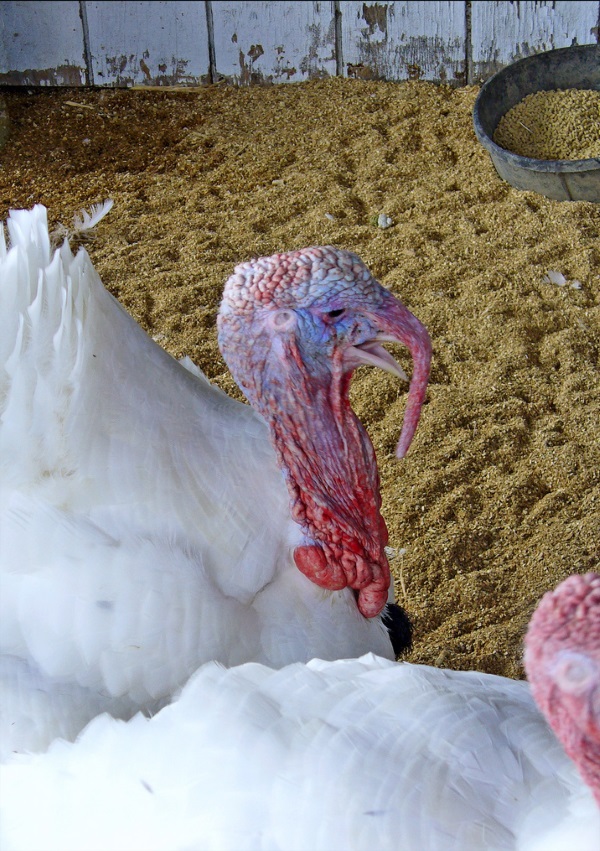
Among the turkeys brought back to Europe on Spanish galleons were pure white birds – a natural mutation selectively bred by the Aztecs. These snowy-feathered turkeys were especially favored in Austria and Holland, the latter nation eventually lending its name to the heritage breed formally recognized by the American Poultry Association in 1874.
Though generally smaller than other breeds, White Holland Turkeys were more visually appealing when being prepared for food due to their lack of unsightly dark pinfeathers. (Image via Flickr member Kayla Sawyer)
